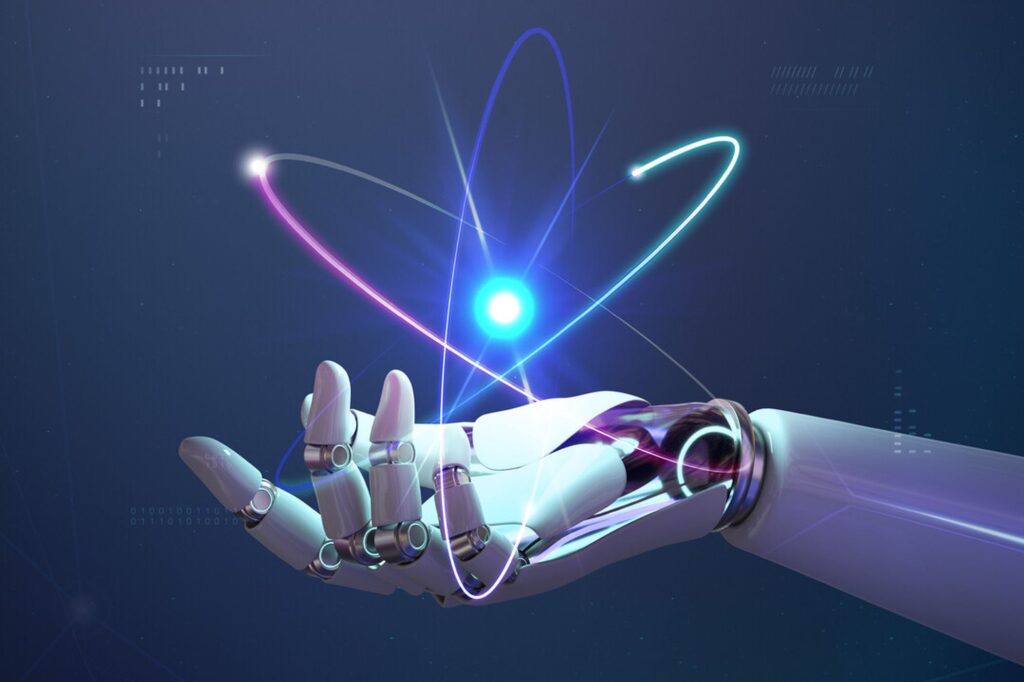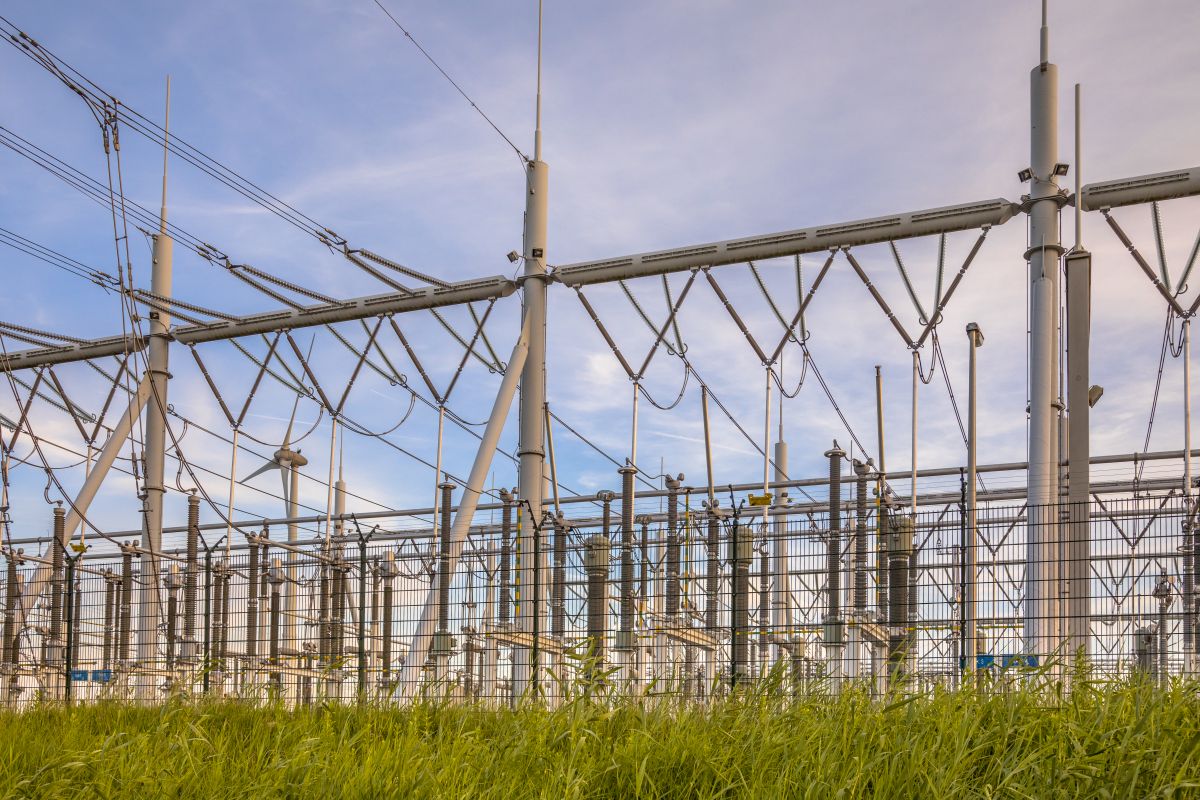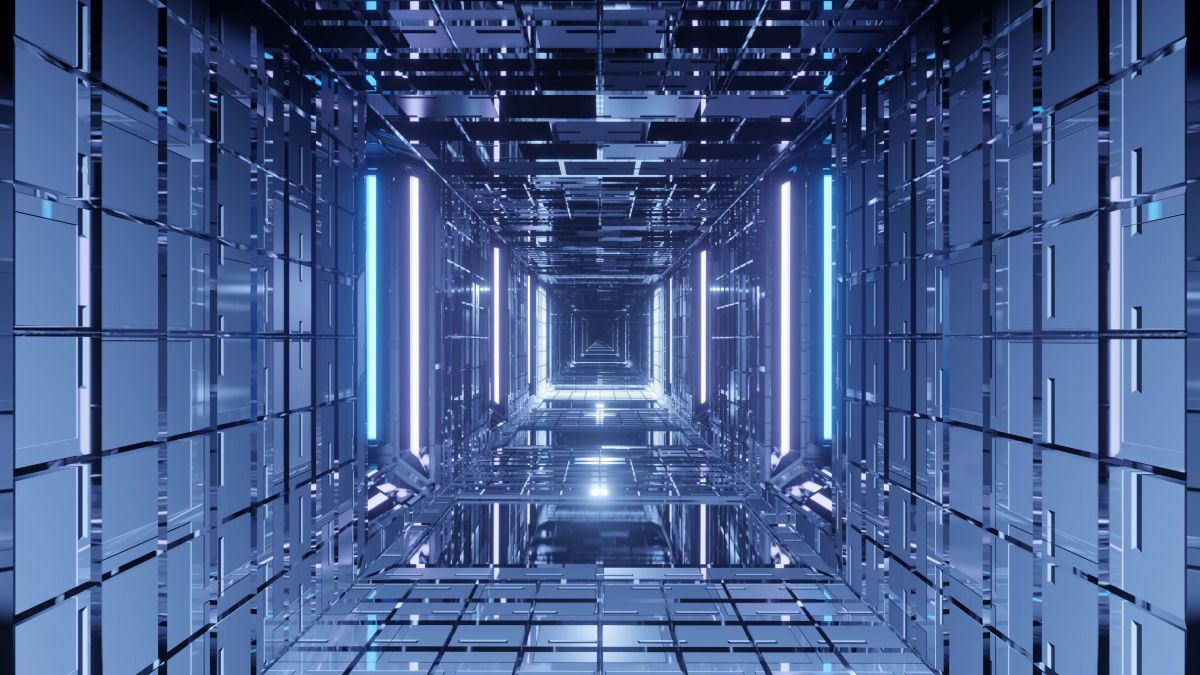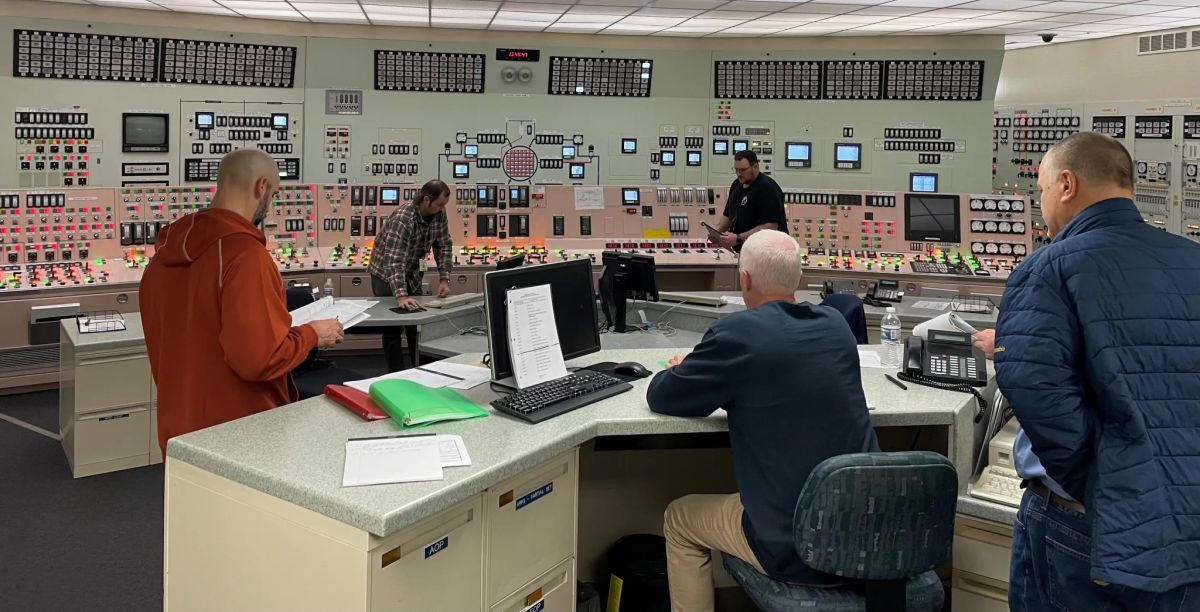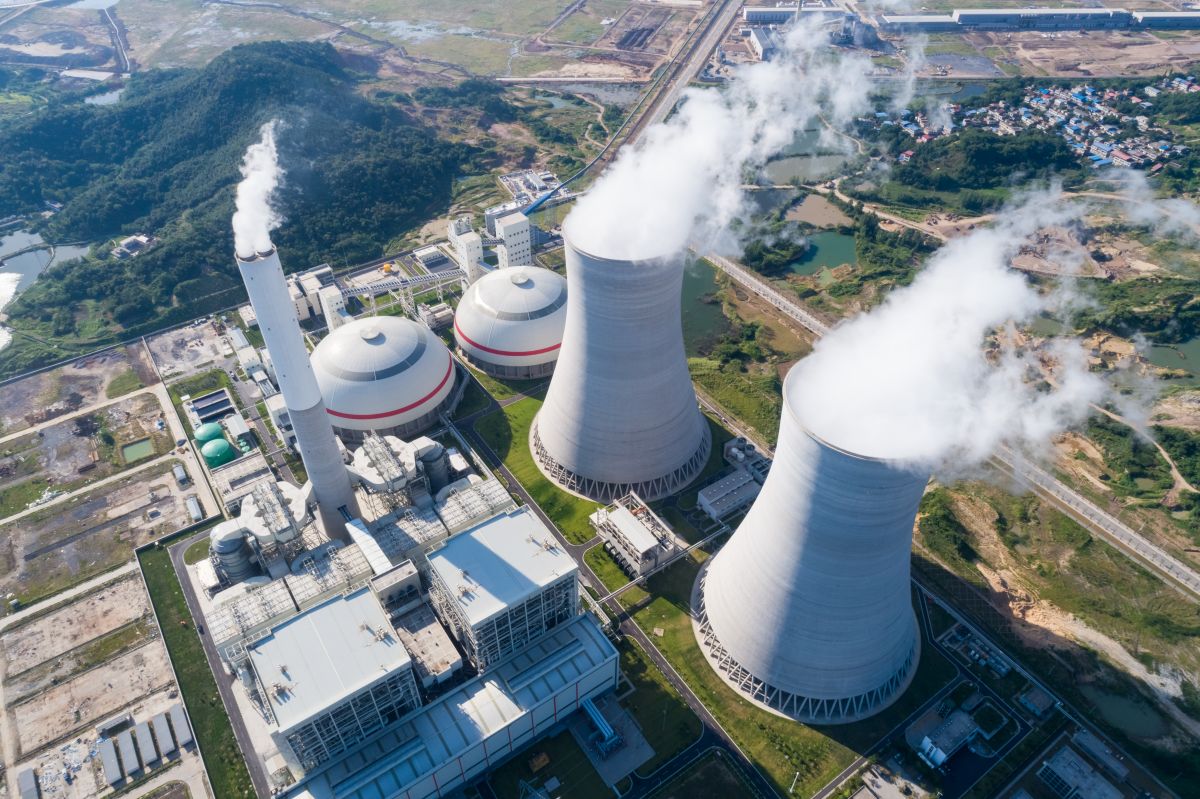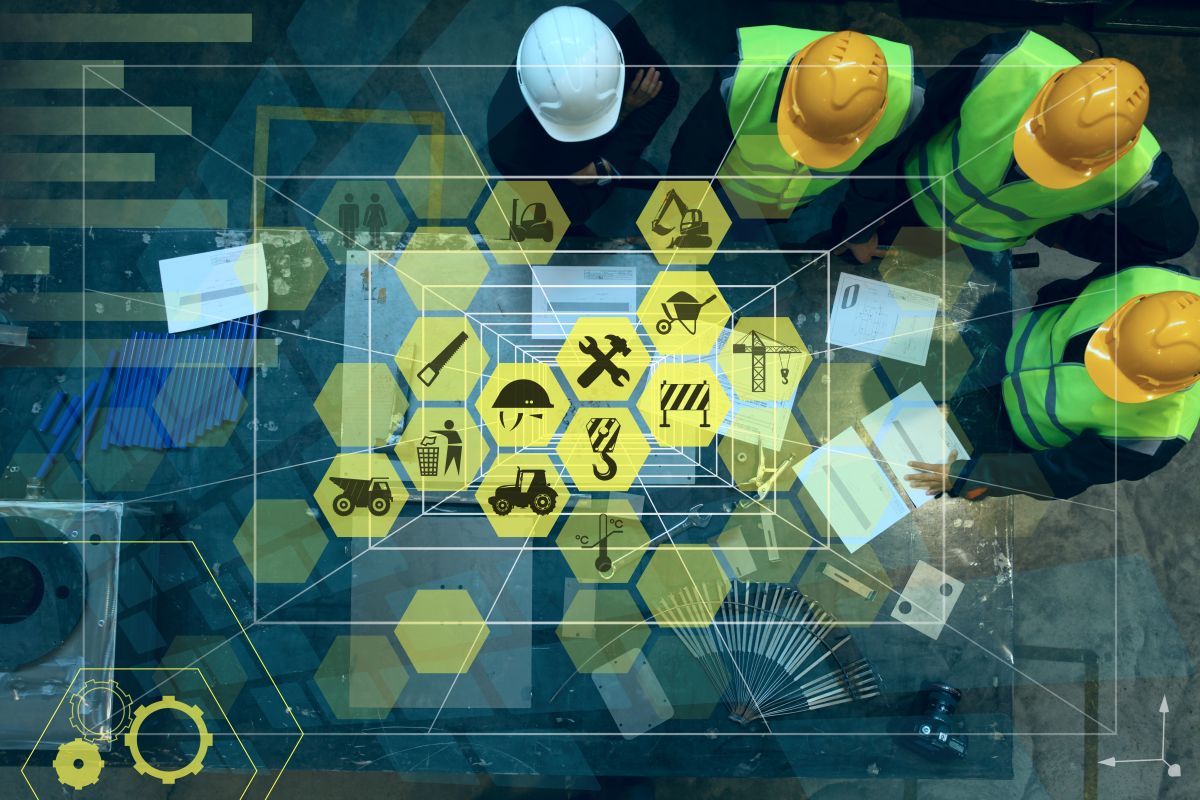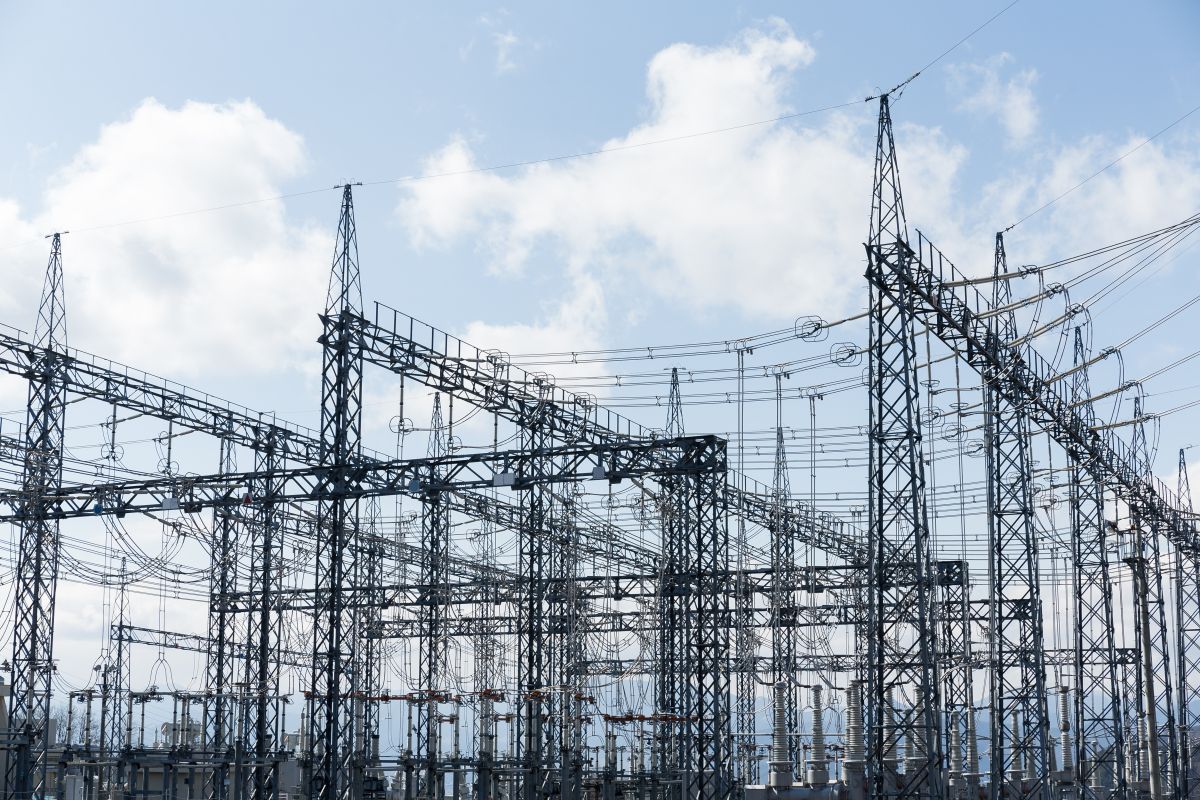The International Energy Agency (IEA) published “The Path to a New Era for Nuclear Energy,” which shows nuclear power experiencing a major comeback due to its projection of reaching historic electricity generation levels by 2025. The renewed interest in nuclear energy establishes it as a fundamental component for achieving sustainable and secure global energy systems.
Global Trends and Projections
The worldwide nuclear power system includes 440 reactors, which produced 9% of the electricity supply in early 2025. Global low-carbon electricity production relies on nuclear reactors for one-quarter of its supply, indicating their vital role in fighting climate change.
The IEA’s report shows that nuclear power generation will reach historic levels by 2025 because of multiple driving elements:
- Restarts and Recoveries: The reopening of nuclear plants in Japan, coupled with completion of French maintenance, will enhance nuclear energy production capacity.
- New Deployments: Countries including China, India, and Korea, along with several European nations, construct new reactors to contribute to projected growth.
The advanced economies will see an increase in nuclear capacity because of new plant constructions and the prolongation of existing plants’ operational lifespans. The IEA’s Announced Pledges Scenario (APS) shows that nuclear capacity will increase by 40% until 2050, while China will build half of this new capacity.
Challenges and Strategic Considerations
The nuclear industry remains confronted with multiple obstacles that might slow down its projected expansion.
- Financial and Logistical Hurdles: High capital costs, together with project delays and financing complexities, continue to present major obstacles.
- Supply Chain Dependencies: The global supply chain faces risks because nuclear technologies and uranium production exist mainly in specific countries.
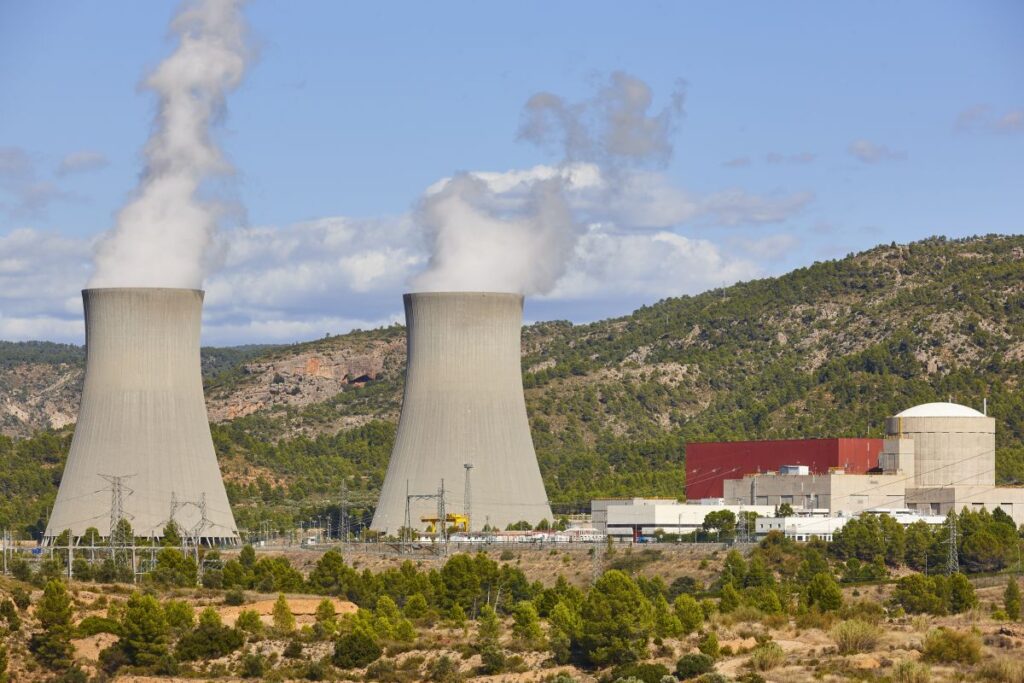
Overcoming these issues calls for a multifaceted approach, including:
- Diversifying Supply Chains: The establishment of multiple reliable supply chains for nuclear technologies and materials assists in minimizing geopolitical risks.
- Policy and Regulatory Support: The establishment of effective policies along with suitable regulatory frameworks will create investor confidence while enabling nuclear project development.
- Technological Innovation: The development of SMRs brings technological progress that delivers both cost-effective solutions and adaptable design capabilities. SMR technology will achieve 10% market penetration for global nuclear capacity when realistic price reductions materialize during 2040, as predicted by the IEA.
Conclusion
The 2025 prediction by the IEA establishes a significant shift for nuclear power. Nuclear power approaches new limits in electricity production, which positions it as a central force in constructing sustainable worldwide energy systems. The nuclear sector will achieve its complete potential by overcoming its main hurdles, such as high expenses and supply chain risks, alongside regulatory barriers. Nuclear energy stands ready to fulfill modern energy and environmental requirements, provided that the necessary policies for innovation, along with international partnerships, are implemented.
Certrec enables its clients to operate with confidence, by delivering the tools, knowledge, and systems they need to meet NRC regulations and maintain operational safety and efficiency.
Disclaimer: Any opinions expressed in this blog do not necessarily reflect the opinions of Certrec. This content is meant for informational purposes only.


